Home>Dining>Tableware>Why Is It Necessary To Flame Dry The Glassware
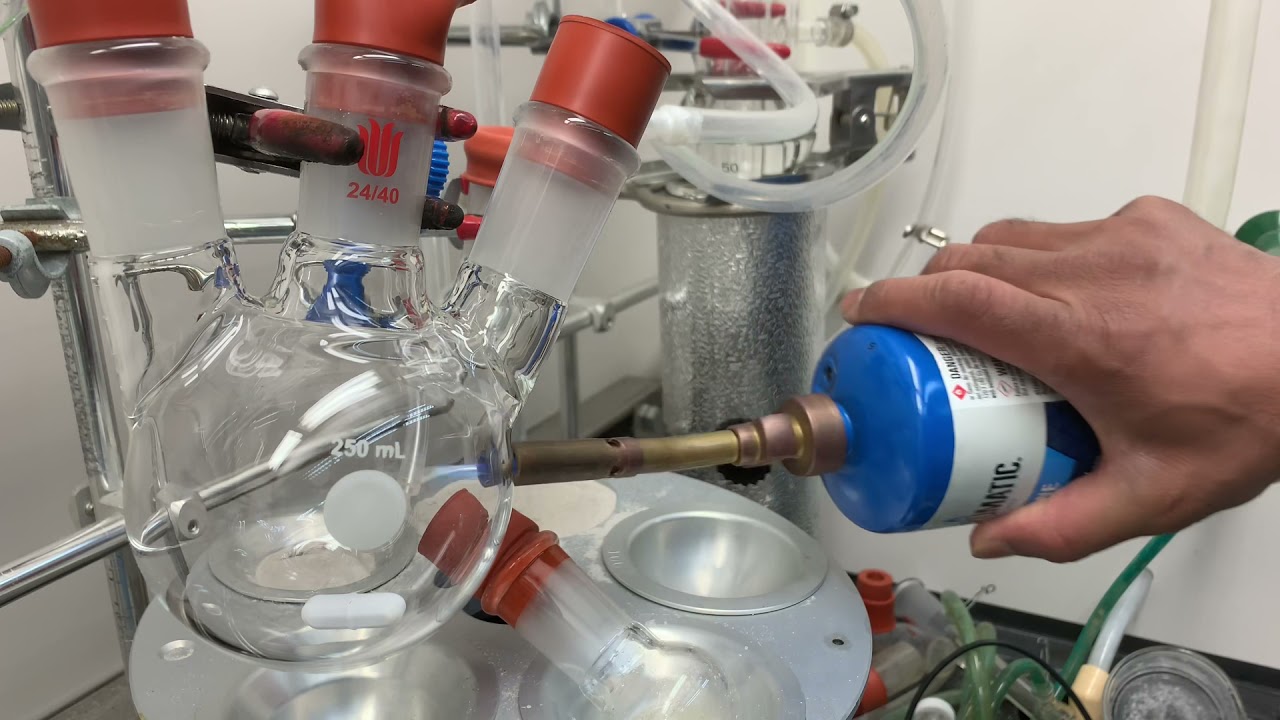

Tableware
Why Is It Necessary To Flame Dry The Glassware
Modified: January 18, 2024
Discover the importance of flame drying glassware, including tableware, to ensure optimal cleanliness and hygiene. Learn why this step is crucial for maintaining the overall quality and safety of your dining experience.
(Many of the links in this article redirect to a specific reviewed product. Your purchase of these products through affiliate links helps to generate commission for Storables.com, at no extra cost. Learn more)
Introduction
Welcome to the world of tableware, where every meal is elevated by the beauty and functionality of finely crafted glassware. From elegant wine glasses to sturdy tumblers, glassware plays a crucial role in enhancing the dining experience. However, to ensure that these pieces are not only visually appealing but also hygienic and safe to use, it is imperative to properly care for and clean them. One essential step in this process is flame drying the glassware.
Flame drying, also known as flame polishing, is a technique that involves using an open flame to dry, disinfect, and sterilize glassware. This process not only eliminates moisture and residue but also helps to reduce the risk of contamination and breakage. It is a practice widely used in laboratories, restaurants, and homes to maintain the integrity and longevity of glassware.
In this article, we will explore the importance and benefits of flame drying glassware, discuss common methods used, and provide safety precautions to consider when implementing this technique. By the end, you will have a comprehensive understanding of why flame drying is necessary and how it can improve the overall quality of your tableware.
Key Takeaways:
- Flame drying glassware is essential for removing moisture, sterilizing, and preventing water spots, enhancing hygiene, and extending glassware lifespan. It’s a practical and safe method to elevate the dining experience.
- When flame drying glassware, consider glass type, heat intensity, and safety precautions. By understanding the importance and following proper procedures, you can ensure pristine, safe, and durable tableware for years to come.
Read more: Why Is My Stove Top Flame Orange
Importance of Flame Drying Glassware
Flame drying glassware is an essential step in the cleaning and maintenance process, and its importance cannot be overstated. Here are some key reasons why flame drying is necessary:
- Removal of moisture: After washing glassware, even if it appears dry, there may still be residual moisture present. This leftover moisture can lead to bacterial growth, mold formation, and a musty odor. Flame drying effectively removes all traces of moisture, ensuring that the glassware is completely dry and ready for immediate use.
- Sterilization and disinfection: Glassware, especially those used in laboratories and medical facilities, need to be free from any contaminants. Flame drying provides a high-temperature flame that sterilizes and disinfects the glassware, killing any remaining bacteria or germs. This helps to maintain a hygienic environment, particularly in sensitive settings where cleanliness is crucial.
- Prevention of water spots and streaks: When glassware air dries naturally, water droplets can leave behind unsightly spots and streaks. Flame drying eliminates this issue, leaving your glassware sparkling and clear. This is particularly important for wine glasses and delicate stemware, as water spots can affect the appearance and clarity of the glass, impacting the overall drinking experience.
- Enhancement of glass durability: The intense heat of a flame can strengthen the molecular structure of glass, making it more resistant to breakage and chipping. By flame drying your glassware, you are enhancing its durability and prolonging its lifespan.
By understanding the importance of flame drying, you can take the necessary steps to ensure that your glassware remains pristine, hygienic, and long-lasting. Moving forward, let’s delve into the benefits of this technique and explore the various methods commonly employed.
Benefits of Flame Drying Glassware
Flame drying glassware offers a range of benefits that go beyond just ensuring dry and clean dishes. Let’s explore some of the advantages of incorporating flame drying into your tableware maintenance routine:
- Efficiency: Flame drying is a quick and efficient method to dry glassware. The intense heat generated by the flame evaporates the moisture faster than traditional air drying methods, allowing you to have dry and ready-to-use glassware in no time.
- Improved hygiene: Flame drying effectively sterilizes and disinfects glassware. The high temperature of the flame kills any remaining bacteria, ensuring that your glassware is free from germs and safe to use. This is particularly important in healthcare settings, where maintaining strict hygiene standards is essential.
- Prevention of streaks: Flame drying eliminates the problem of water spots and streaks that can mar the appearance of glassware. By using a flame to dry the glass, you can achieve a spot-free and streak-free finish, enhancing the overall visual appeal of your tableware.
- Enhancement of glass clarity: Flame drying helps to maintain the clarity of glassware. By eliminating residue and water droplets, the glass remains crystal clear, allowing you to fully appreciate the colors and textures of beverages served in them.
- Longevity of glassware: By removing moisture and reducing the risk of bacterial growth, flame drying helps to extend the lifespan of glassware. Properly dried and sterilized glassware is less susceptible to damage, breakage, and deterioration, allowing you to enjoy your favorite pieces for years to come.
When it comes to caring for your glassware, flame drying offers a range of benefits that contribute to maintaining its quality, hygiene, and longevity. Now that we have explored the benefits, let’s delve into the common methods used to flame dry glassware.
Common Methods of Flame Drying Glassware
There are several methods that can be employed to flame dry glassware effectively. Let’s explore some of the commonly used techniques:
- Bunsen burner: One of the most popular methods is using a Bunsen burner. The Bunsen burner produces a clean, controllable flame that can be adjusted to the desired heat intensity. Gently pass the glassware through the flame, ensuring that it comes into contact with the entire surface of the glass. Move the glassware back and forth to evenly distribute the heat and dry any remaining moisture. Be cautious and avoid overheating the glassware, as excessive heat can cause damage.
- Alcohol burner: Another common method is using an alcohol burner. Similar to the Bunsen burner, the alcohol burner produces a flame that can be adjusted. Light the burner and hold the glassware above the flame, slowly rotating it to ensure even heat distribution. Keep the glassware in the flame for a few moments, allowing the heat to evaporate any moisture.
- Culinary torch: A culinary torch, typically used for caramelizing desserts or browning food, can also be used to flame dry glassware. Adjust the torch to produce a small, focused flame. Hold the glassware above the flame, moving it in a circular motion to cover the entire surface area. Take care not to hold the flame too close to the glassware, as excessive heat can cause thermal shock.
- Gas stove: For smaller glassware items, like shot glasses or small beakers, a gas stove can be used for flame drying. Place the glassware directly on the stovetop burner and turn on the flame. Rotate the glassware to evenly distribute the heat and remove any residual moisture.
Regardless of the method chosen, it is important to remember that safety precautions should always be followed when flame drying glassware. Let’s explore some key factors to consider in the next section.
Flame drying glassware is necessary to remove any residual moisture and ensure a clean, dry surface for accurate measurements and reactions. This helps to prevent contamination and ensure reliable results in experiments.
Factors to Consider When Flame Drying Glassware
While flame drying glassware is an effective method, it is crucial to consider certain factors to ensure the process is carried out safely and effectively. Here are some important considerations when flame drying glassware:
- Type of glass: Different types of glass have varying heat tolerances. It is important to determine the type of glassware you are working with and ensure that it can withstand the heat generated by the flame drying process. Delicate or thin glassware may be more susceptible to thermal shock and damage, requiring extra caution during flame drying.
- Heat intensity: The intensity of the flame should be adjusted based on the size and thickness of the glassware. Avoid using extremely high heat as it can cause thermal shock and lead to glass breakage. It is best to start with a low to medium heat setting and gradually increase if necessary.
- Even heat distribution: When flame drying, ensure that the heat is evenly distributed across the surface of the glassware. This can be achieved by moving the glassware in a circular motion or back and forth through the flame, allowing all areas to come into contact with the heat source.
- Avoid overheating: It is important to avoid overheating the glassware, as excessive heat can weaken its structure and potentially cause it to shatter. Periodically check the glassware during the flame drying process to ensure it does not become too hot. If the glassware becomes too hot to handle or shows signs of discoloration, remove it from the flame immediately.
- Consider the environment: Flame drying should be performed in a well-ventilated area to prevent the buildup of fumes. The open flame produces carbon dioxide and water vapor, so adequate ventilation is necessary to maintain a safe working environment.
By considering these factors, you can ensure that your glassware is safely and effectively flame dried, preserving its quality and extending its lifespan. However, it is crucial to take necessary safety precautions to minimize potential risks. Let’s explore some key safety measures in the next section.
Read more: Why Use Acetone To Clean Glassware
Safety Precautions for Flame Drying Glassware
While flame drying glassware offers numerous benefits, it is important to prioritize safety and take necessary precautions to prevent accidents or damage. Here are some key safety measures to keep in mind when flame drying glassware:
- Protective gear: Always wear heat-resistant gloves and safety goggles when working with an open flame. This will protect your hands and eyes from potential burns or injuries.
- Stable work surface: Ensure that your work area is stable and free from any clutter or flammable materials. This will minimize the risk of accidents and help maintain control over the flame.
- Keep flammable items away: Keep flammable substances, such as paper or cleaning materials, away from the flame. This will help prevent accidental fires or combustion.
- Avoid rapid temperature changes: Do not expose hot glassware to cold surfaces or rinse it with cold water immediately after flame drying. Rapid temperature changes can cause thermal stress and lead to glass breakage. Allow the glassware to cool gradually on a heat-resistant surface.
- Supervise the process: Never leave the flame unattended while drying glassware. Stay vigilant and focused throughout the process to ensure safe handling and prevent accidents.
- Know your equipment: Familiarize yourself with the specific flame source you are using. Understand how to adjust the flame and control the heat intensity to prevent overheating or damage to the glassware.
- Practice proper ventilation: Perform flame drying in a well-ventilated area to effectively dissipate fumes. Ensure there is proper airflow, especially when using a flame for an extended period of time.
By following these safety precautions, you can safely flame dry your glassware and enjoy the benefits of this technique without risking accidents or damage. Now that we have covered safety measures, let’s conclude our discussion.
Conclusion
Flame drying glassware is a necessary step in maintaining the cleanliness, hygiene, and longevity of your tableware. By effectively removing moisture, sterilizing the glassware, and preventing water spots and streaks, flame drying ensures that your glassware remains in optimal condition. The benefits of flame drying include improved efficiency, enhanced hygiene, and the prevention of breakage and deterioration.
When employing flame drying techniques, it is important to consider factors such as the type of glass, heat intensity, and even heat distribution. By taking these factors into account, you can safely and effectively flame dry your glassware without risking damage or accidents. Implementing safety precautions, such as wearing protective gear, maintaining a stable work surface, and practicing proper ventilation, further ensures a safe and controlled flame drying process.
Flame drying glassware is not only a practical cleaning method but also a way to elevate the overall dining experience. By maintaining the clarity, hygiene, and durability of your glassware, you can enjoy your beverages in beautifully crafted and clean glasses.
In conclusion, by understanding the importance of flame drying glassware and following proper procedures, you can ensure that your tableware remains in pristine condition for years to come. So, embrace the benefits of flame drying and elevate your dining experience with sparkling and safe glassware.
Frequently Asked Questions about Why Is It Necessary To Flame Dry The Glassware
Was this page helpful?
At Storables.com, we guarantee accurate and reliable information. Our content, validated by Expert Board Contributors, is crafted following stringent Editorial Policies. We're committed to providing you with well-researched, expert-backed insights for all your informational needs.
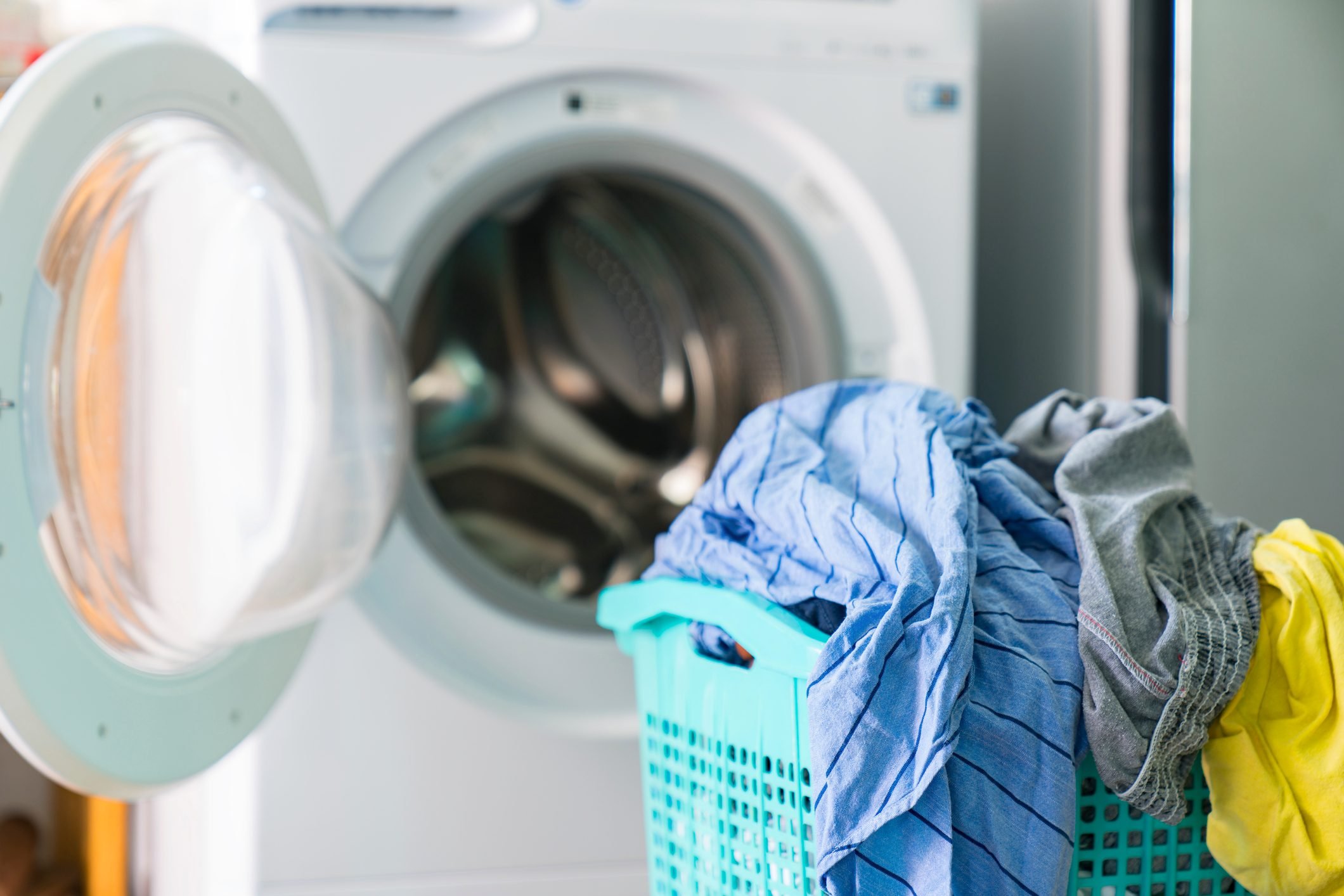
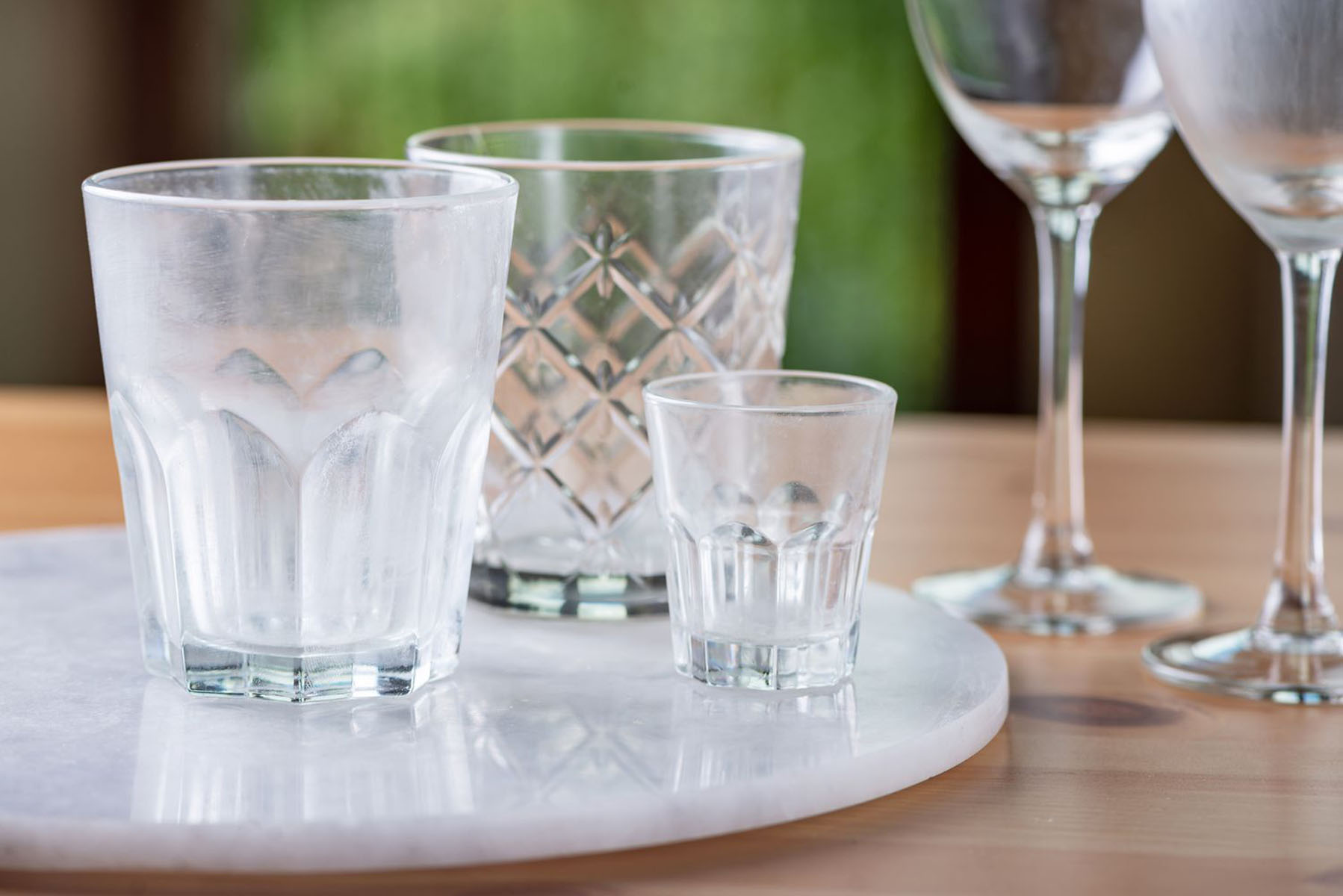

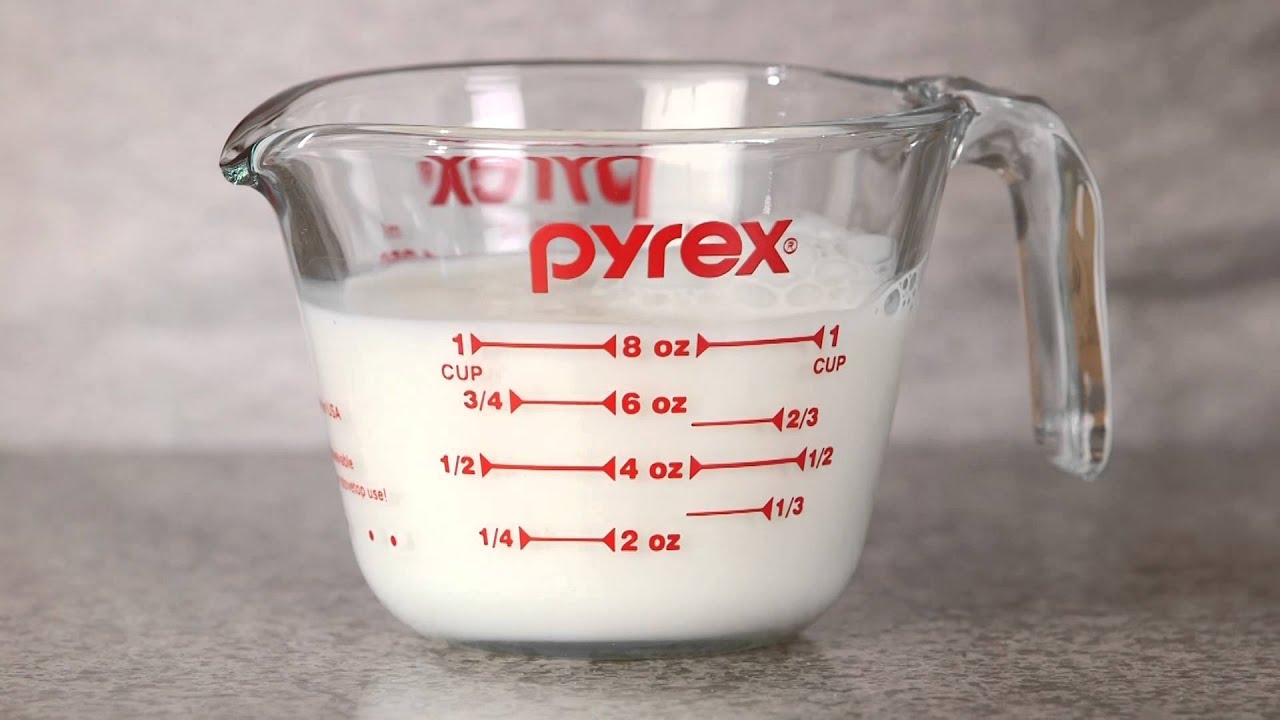
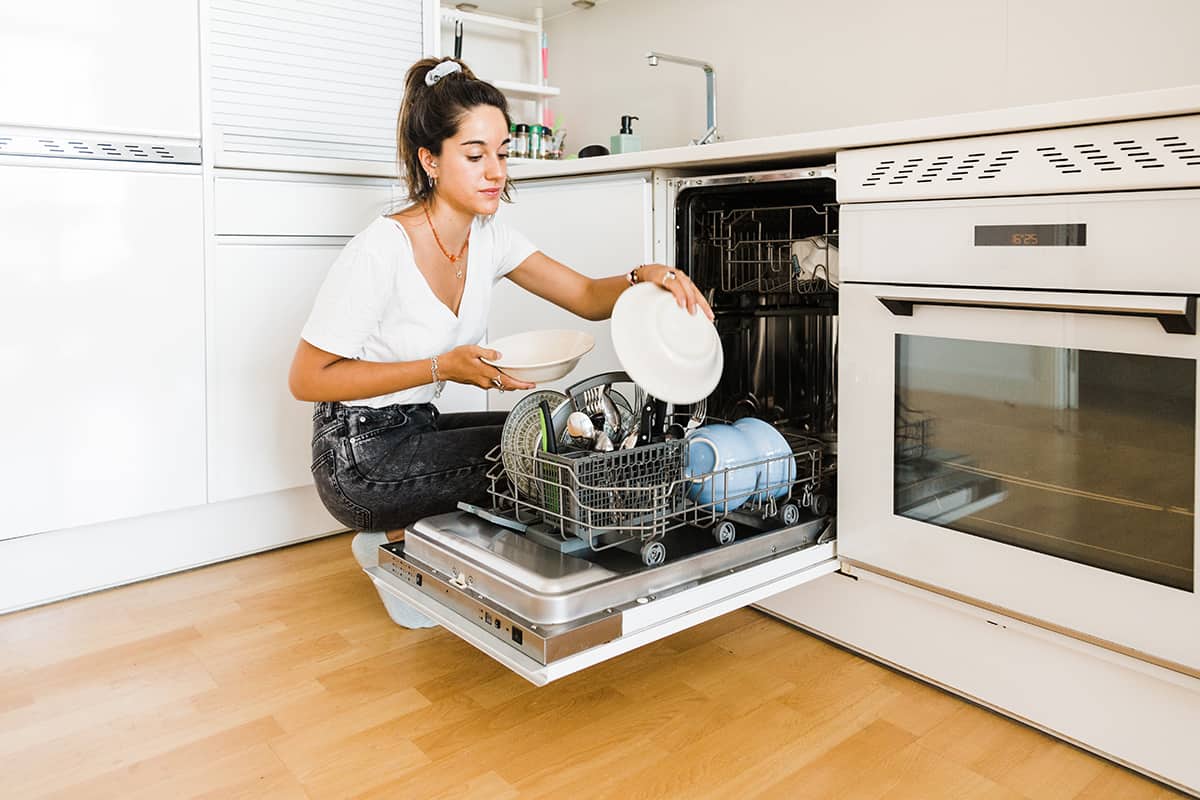
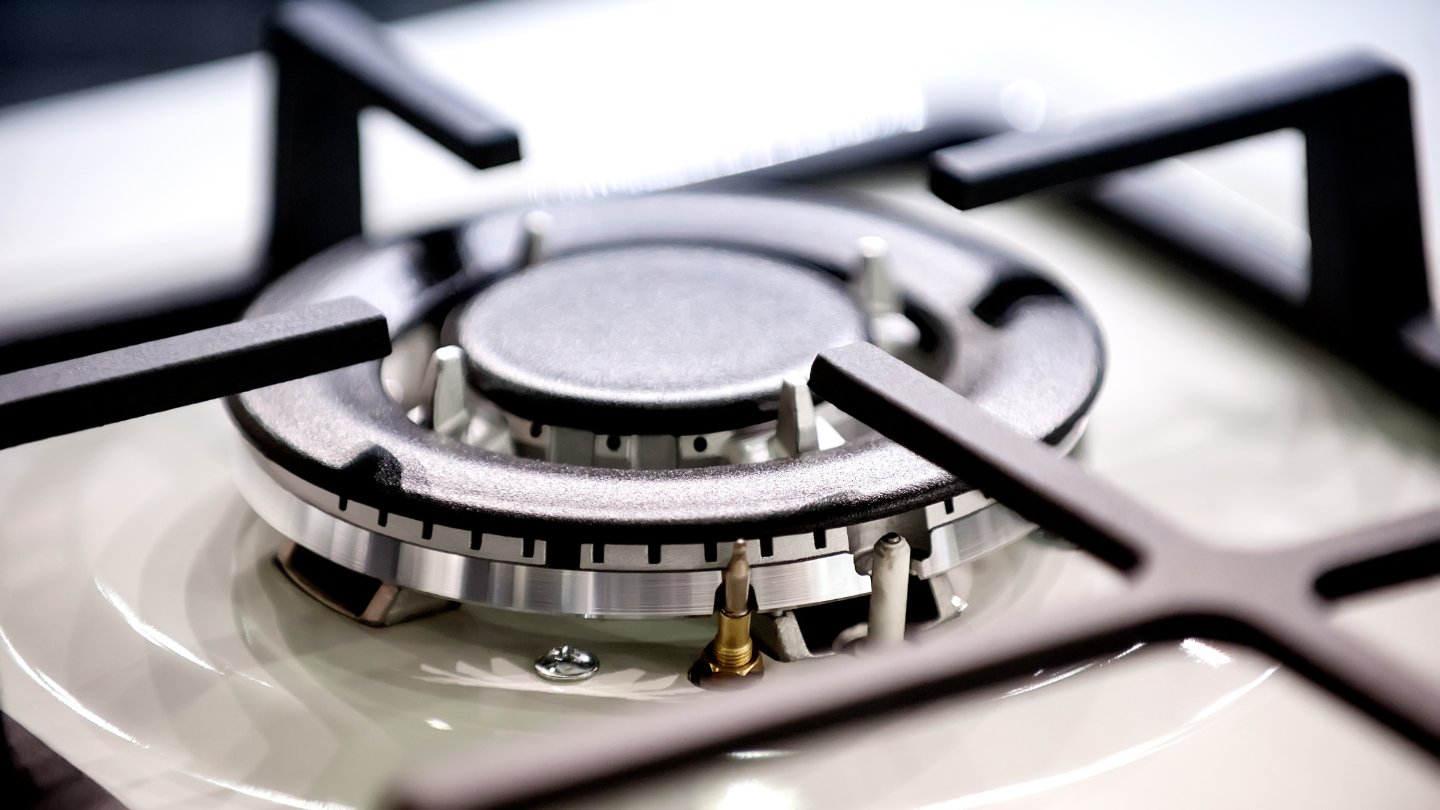
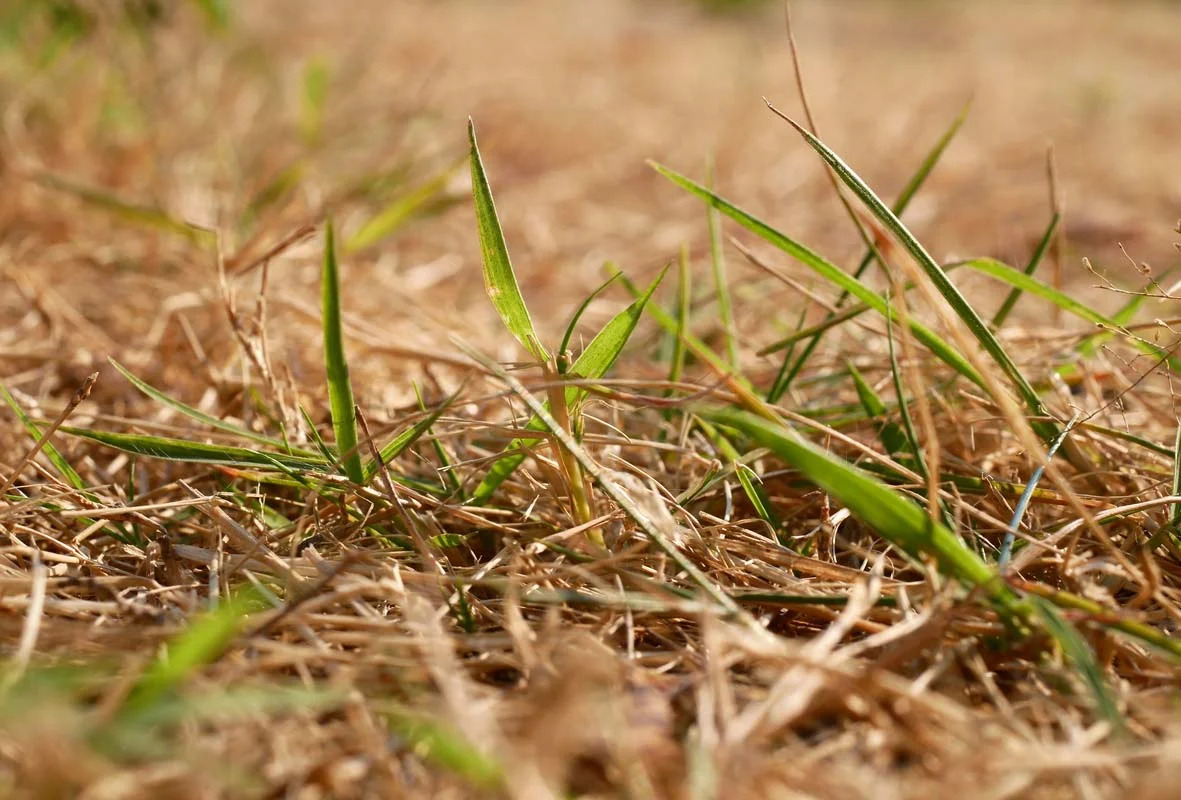
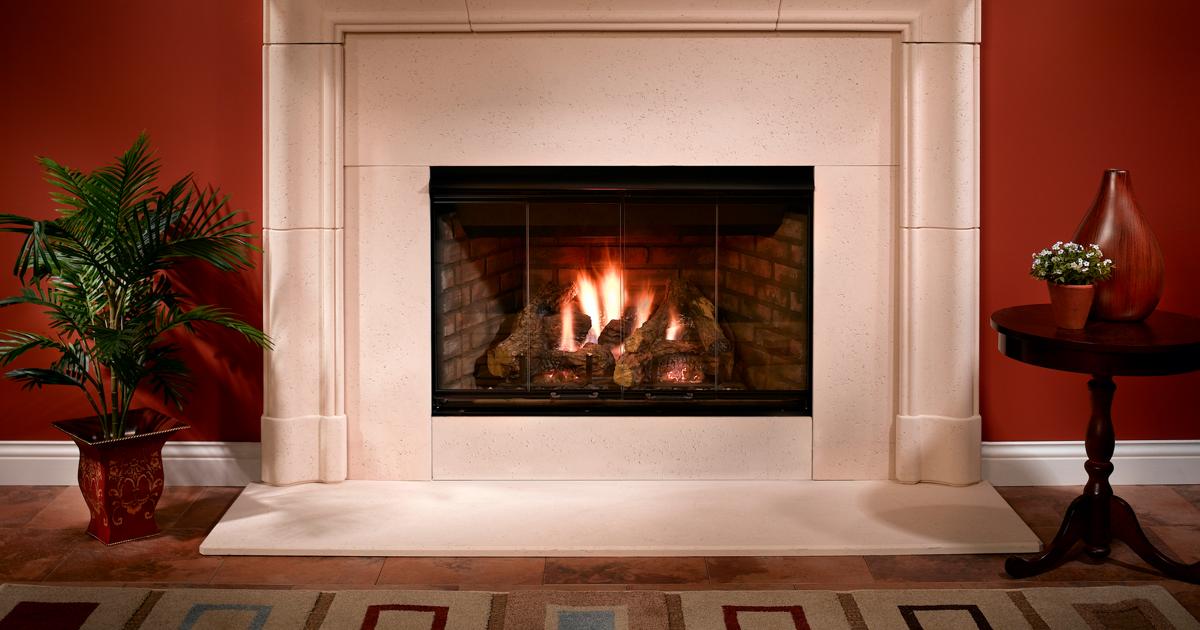
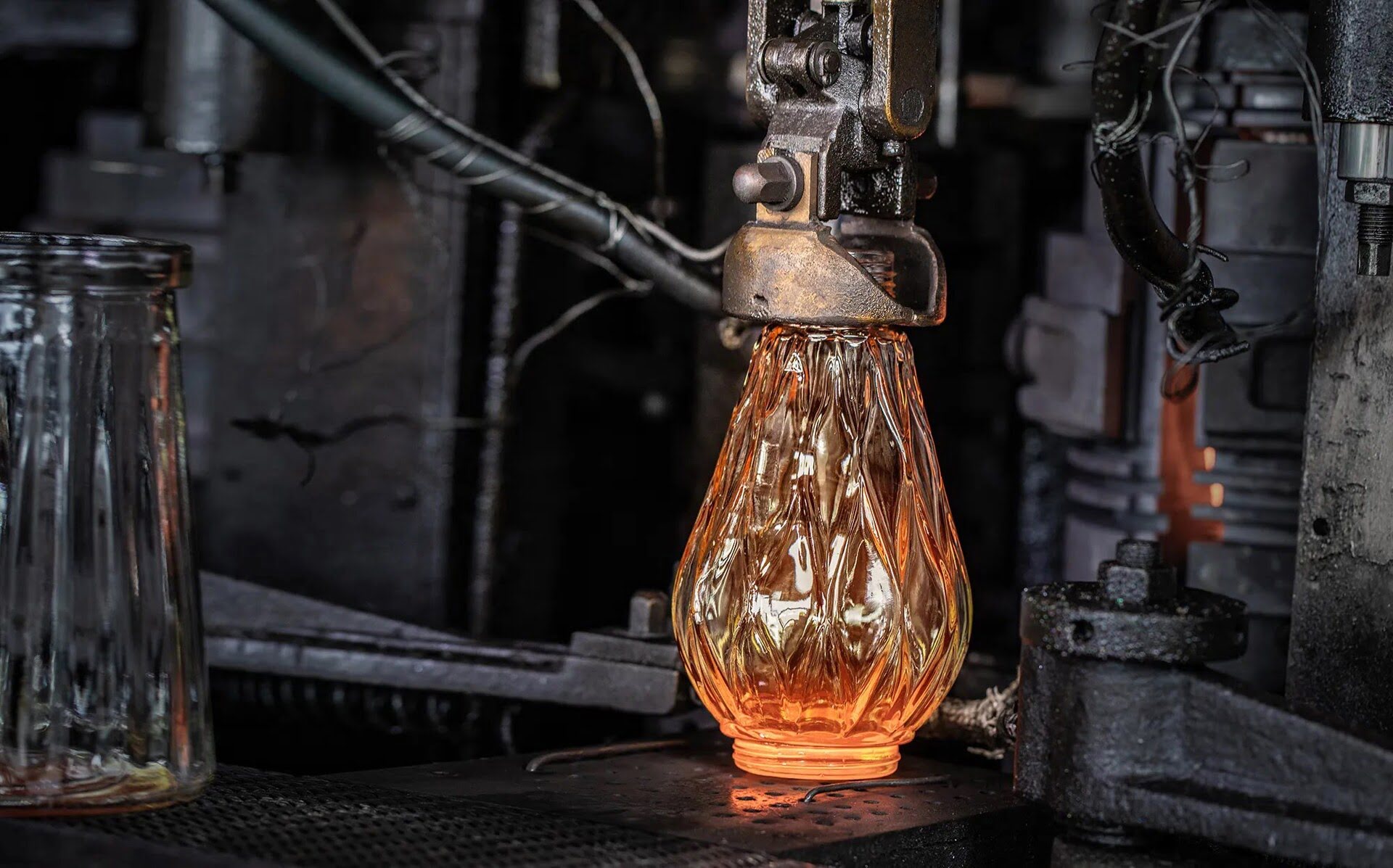
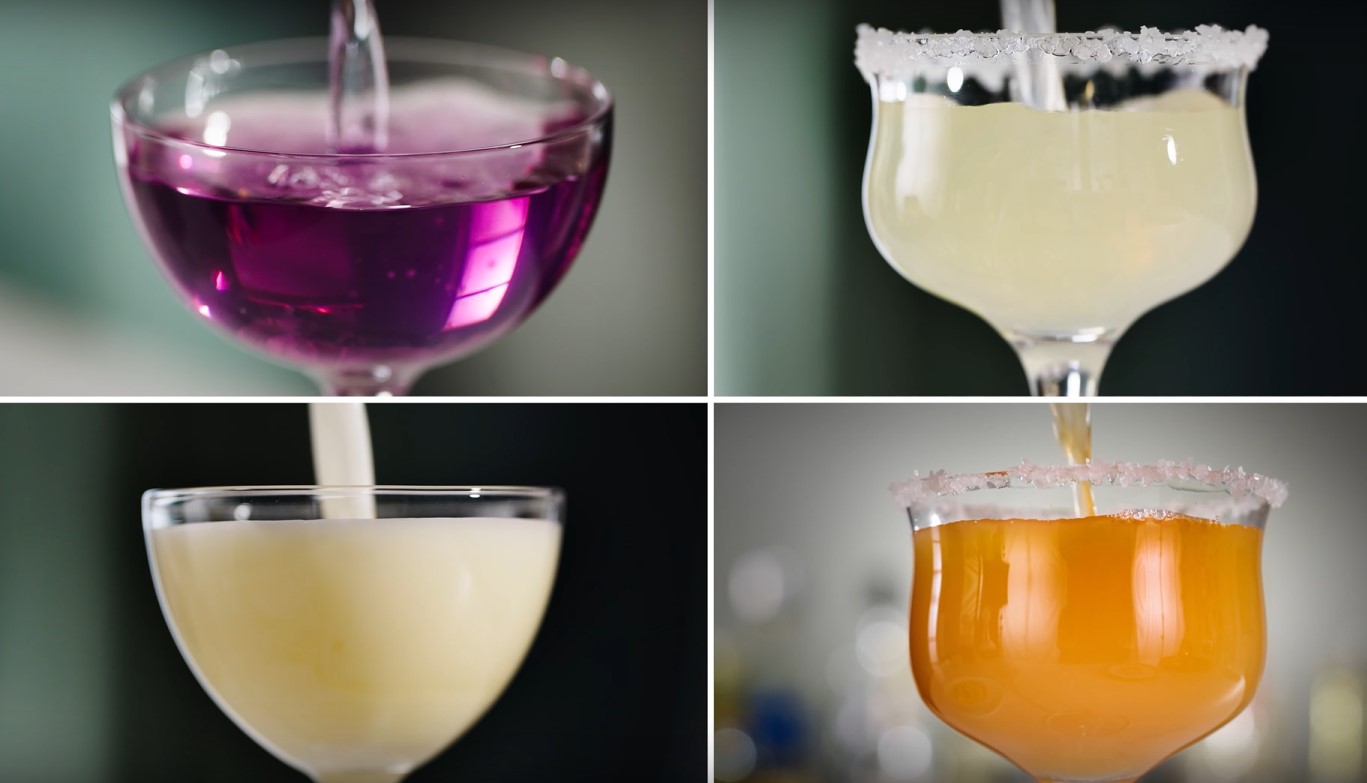
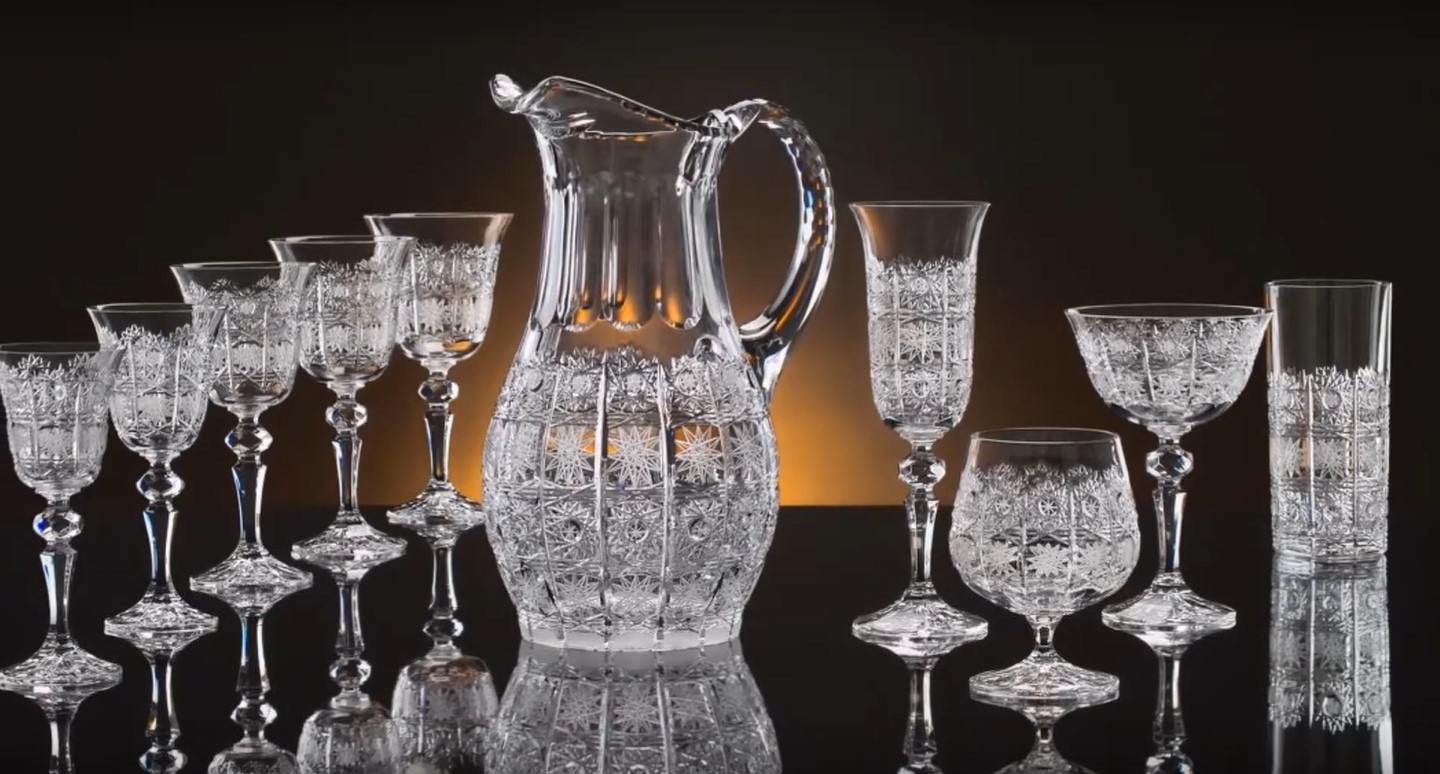
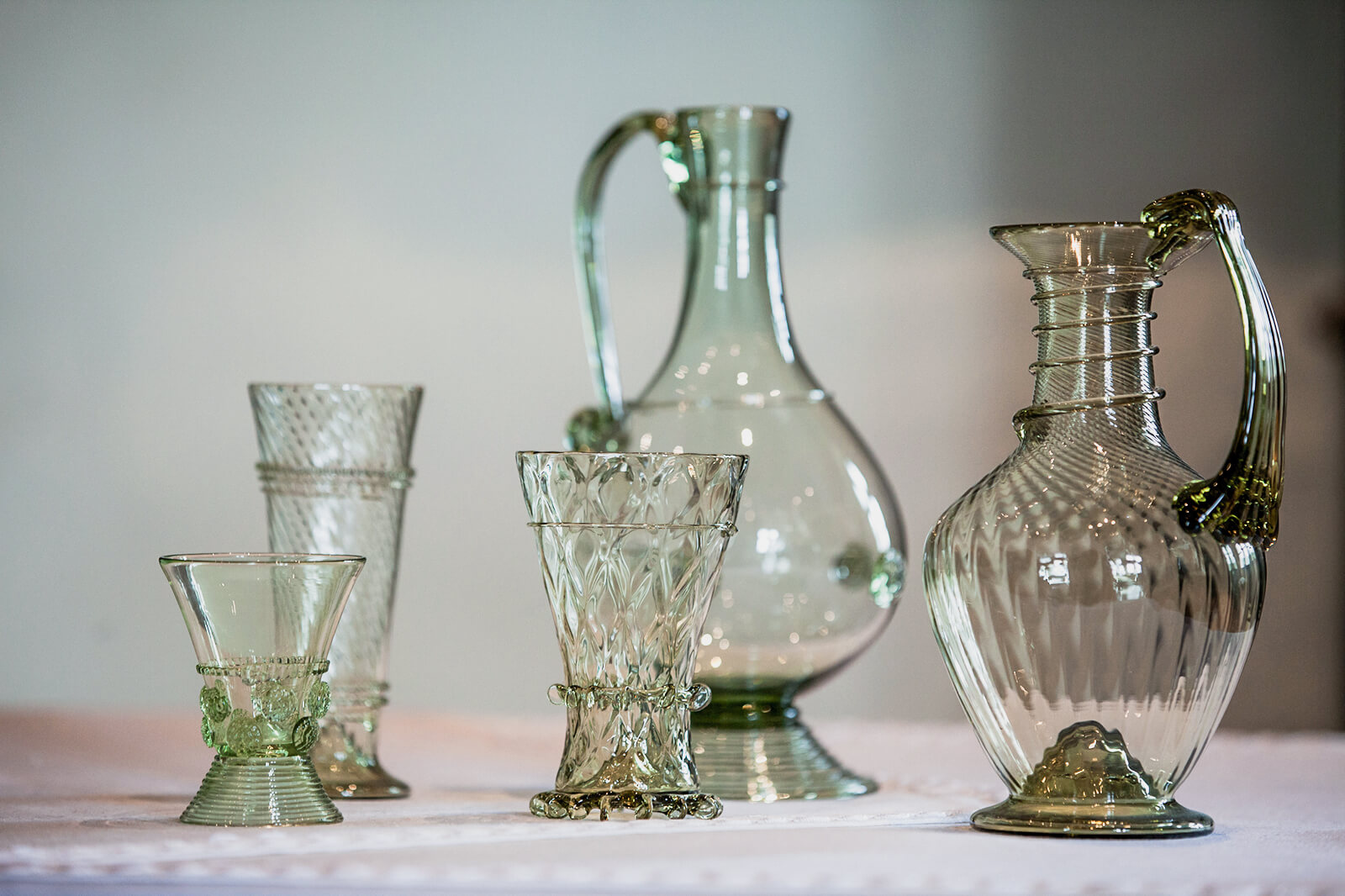
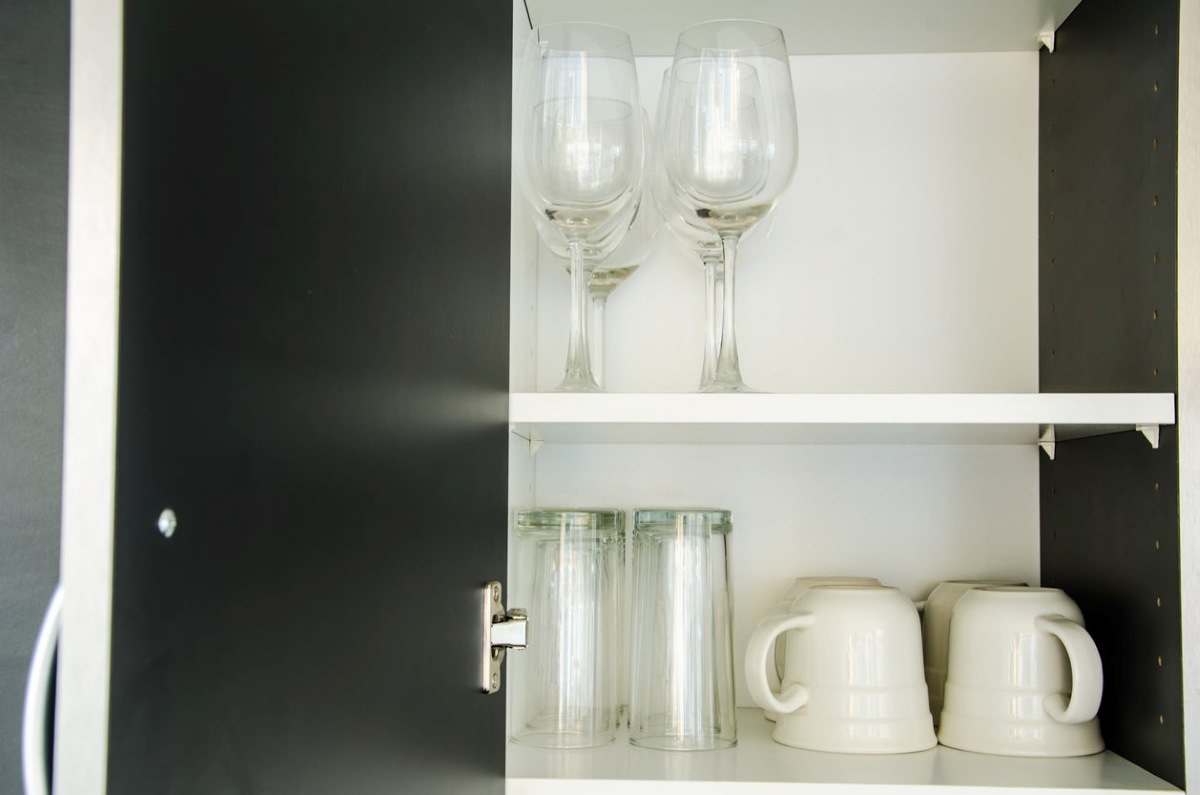


0 thoughts on “Why Is It Necessary To Flame Dry The Glassware”